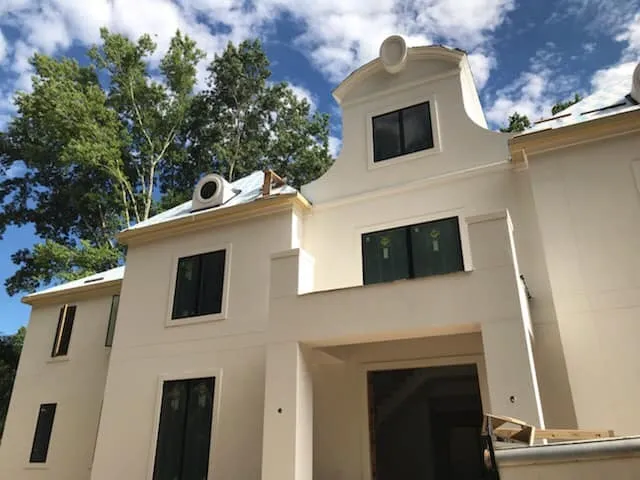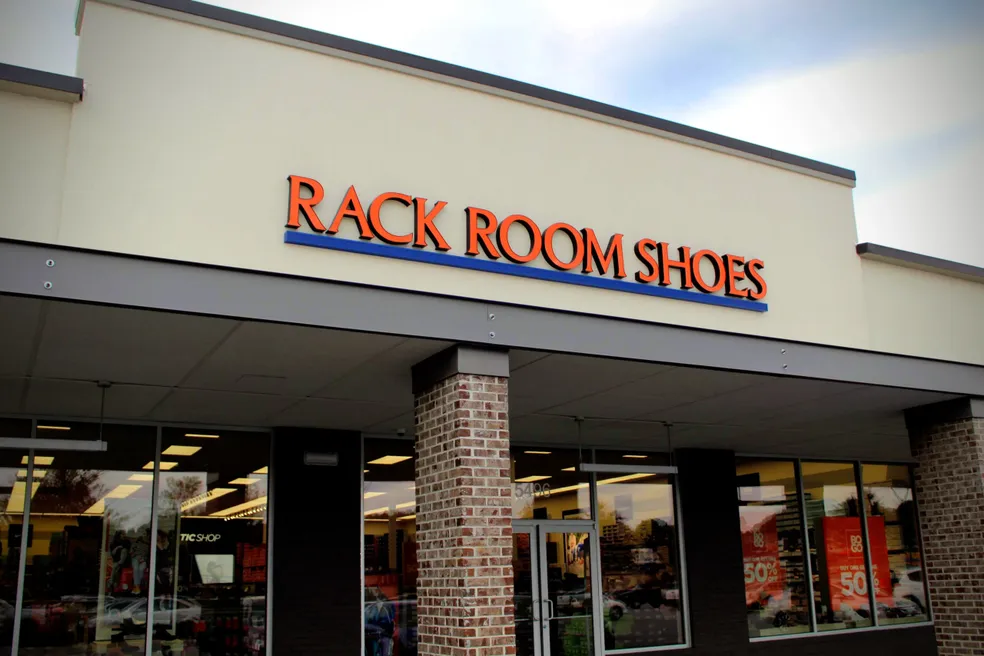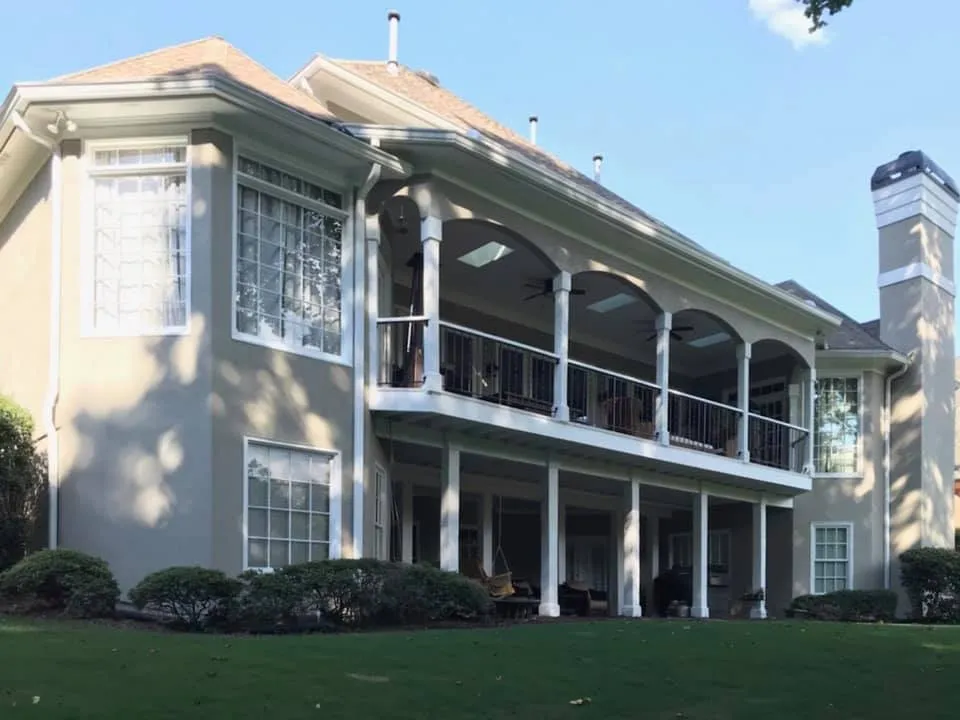Termite Wrap
Offering a robust solution for commercial buildings, our advanced stucco repair service incorporates a specialized anti-termite covering that provides superior protection against destructive termite infestations, safeguarding your property’s structural integrity.
Have a question before scheduling?
Expert Stucco Installation & Repair for Homes and Businesses in Georgia
Experience predictable project costs with transparent pricing – materials, labor, and cleanup included. Proudly serving Georgia for over 24 years.
- Clear, upfront pricing with no hidden fees or surprises
- Prompt, local service—flexible scheduling for both homeowners and builders.
- Expert stucco installation and repair for commercial and residential properties.
- Clean, professional work zones with respect for your property and timeline.
- Easy estimates and communication with a responsive local team.
- Quality craftsmanship that meets local codes and enhances long-term value.

Our Stucco Process: What to Expect From Start to Finish
Request Your Quote
Tell us about your project – residential or commercial – and we’ll provide a detailed, no-obligation estimate with clear timelines.
On-Site Evaluation
We inspect the property to assess existing surfaces, moisture control, and project scope to ensure accurate pricing and flawless results.
Material Selection & Preparation
We help you choose the right stucco type, texture, and color for your building, then prep the surface for proper adhesion and durability.
Expert Application
Our licensed team applies each layer with precision — from scratch coat to finish coat — ensuring consistency, strength, and visual appeal.
Curing & Quality Inspection
After application, we allow proper curing time and perform a full quality check to confirm color uniformity, adhesion, and finish integrity.
Cleanup & Final Walkthrough
We leave the site clean and conduct a final walkthrough with you to guarantee satisfaction before closing out the project.
Unveiling the Superiority of Termite Wrap
Our innovative Termite Wrap service is designed to offer exceptional pest control protection for commercial buildings. Using a treated house wrap, we create an impervious shield against termite damage, ensuring your property’s longevity. Don’t let termites compromise your investment; take action today.
- Our termite wrap acts as a formidable building wrap termite shield, deterring infestations.
- The treated house wrap used is specifically engineered to repel destructive pests.
- This service offers an effective insect repellent barrier, enhancing your building’s defense system.
- With our termite wrap, you can confidently protect your property from potential termite damage.


Termite Wrap: A Strategic Approach to Pest Control
From large-scale commercial projects to small businesses, the threat of termite damage is a universal concern. Advanced Stucco Repair offers a strategic solution, utilizing termite barrier wrap as part of our comprehensive pest control protection plan. We understand the constraints of tight timelines and budgets, and our treated house wrap provides an efficient, cost-effective method to safeguard your property’s structural integrity.
- We help you navigate the complexities of pest control, recommending the most effective solutions like our building wrap termite shield.
- Our team assists in making informed decisions about your property’s protection, considering factors such as project scale and budget.
- We provide guidance on maintaining your insect repellent barrier, ensuring long-term effectiveness against termites.
- With Advanced Stucco Repair, you gain a partner committed to preserving your property’s value and longevity through superior pest control strategies.
Maximizing Protection with Termite Wrap
Our termite wrap service offers practical advantages, including enhanced safety for your property, improved consistency in pest control, and better cost management. By integrating this innovative solution into your pest control strategy, you can effectively mitigate the risk of termite damage and ensure the upkeep of your commercial building.
- The termite barrier wrap provides a consistent and reliable line of defense against pests, reducing the need for frequent treatments.
- Our treated house wrap is a cost-effective solution that minimizes potential repair expenses from termite damage.
- The building wrap termite shield offers an additional layer of protection, enhancing the overall safety of your property.
- By incorporating our insect repellent barrier into your pest control plan, you can maintain a termite-free environment with less effort and expense.

Take the Next Step Towards Termite Protection
Ready to fortify your commercial property with our termite barrier wrap? Contact Advanced Stucco Repair today for a personalized consultation and quote.
Our dedicated team at Advanced Stucco Repair is at-the-ready to provide you with great customer service and first class Termite Wrap. Reach out to us at (888) 592-1304 to discuss your Termite Wrap needs today!

Delving Deeper into Termite Wrap Technology
Our termite wrap service employs a scientifically proven approach to pest control. We use a specially treated house wrap that has undergone rigorous testing for maximum efficacy against termites. This advanced material is applied meticulously by our skilled technicians, ensuring complete coverage and optimal performance. The process is swift and non-disruptive, allowing your business operations to continue without significant interruptions.
- The termite wrap used is the result of extensive research and development, ensuring top-notch quality and effectiveness.
- Our technicians are trained in precise application techniques to guarantee comprehensive coverage of your property.
- The installation process is designed to be quick and efficient, minimizing disruption to your business activities.
- We adhere to stringent safety standards during the application of the termite wrap, prioritizing the well-being of our clients and staff.
- Regular inspections are conducted post-installation to ensure the continued effectiveness of the termite barrier wrap.
Investing in Termite Wrap: A Cost Analysis
The cost of our termite wrap service is influenced by several factors including the scope of the project, accessibility of the area to be treated, risk level associated with termite infestation, labor and time requirements, equipment used, compliance with pest control regulations, and prevailing market conditions. As each commercial property is unique, we provide customized quotes based on site-specific evaluations.
- The size and complexity of your commercial building directly impact the amount of termite wrap required and thus the overall cost.
- Accessibility issues such as hard-to-reach areas can increase labor time and subsequently affect pricing.
- The severity of existing termite infestation may necessitate additional treatments or procedures, influencing the total expense.
- Compliance with local pest control regulations may require certain procedures or documentation that can add to the cost.
- Market conditions including demand for services and cost of materials can also play a role in determining the price.


Real-World Applications of Anti-Termite Coverings
In the commercial sector, the need for termite protection is paramount. For instance, a newly constructed office complex might incorporate Termite Wrap during construction to preemptively ward off potential infestations. Similarly, a heritage building undergoing restoration could use this service to preserve its historical integrity against termite damage. Even storage facilities, which often house valuable goods susceptible to pest damage, can benefit from our anti-termite covering.
- Office complexes can integrate this service during construction.
- Historical buildings can use it for preservation purposes.
- Storage facilities can protect valuable goods with our wrap.
- Retail spaces can safeguard their structures and inventory effectively.
Implementing the Termite Wrap Solution
Our termite wrap process begins with a comprehensive site evaluation to assess the extent of termite infestation and determine the most effective treatment plan. We then schedule the application of the treated house wrap at a time that minimizes disruption to your business. Our team ensures all safety and compliance measures are adhered to during execution, with thorough documentation provided upon completion.
- A thorough site assessment is conducted to identify termite hotspots and devise an effective pest control protection strategy.
- We schedule the application of our building wrap termite shield around your operational hours to minimize business interruption.
- Our team meticulously applies the treated house wrap, ensuring complete coverage for maximum effectiveness.
- All safety protocols and compliance standards are strictly observed during execution.
- Upon completion, we provide detailed documentation outlining the work performed and offering guidance for maintaining your insect repellent barrier.

Testimonials From Our Customers
At Advanced Stucco Repair, we believe that every exterior matters. Home and business owners trust us for expert stucco installation, repairs, and maintenance—whether it’s a single-family residence or a commercial building. We focus on dependable service, clear communication, and results that last.

Frequently Asked Questions about Termite Wrap
Explore our responses to common inquiries regarding our termite wrap service, providing clarity on practical aspects and benefits.
What is the scope of your termite wrap service?
We cater to a wide range of commercial properties, from office complexes to storage facilities. The scope is determined by the size and complexity of the building, as well as the severity of any existing termite infestation.
What are the timelines for applying the termite wrap?
The timeline depends on various factors including the size of your property and accessibility issues. However, we strive to execute our services swiftly and efficiently, minimizing disruption to your business operations.
Are there any access requirements for applying the termite wrap?
Yes, our team needs complete access to all areas requiring treatment. This includes any hard-to-reach areas where termites may potentially infest. We will coordinate with you to ensure minimal disruption during application.
How does your service comply with safety standards and regulations?
We strictly adhere to all local pest control regulations and safety protocols during execution. Our treated house wrap is scientifically tested for efficacy against termites, ensuring a safe environment post-application.
How do you schedule and communicate throughout the process?
We schedule our services around your operational hours for minimal business interruption. Regular updates are provided throughout the process, from initial site assessment to post-installation inspections, ensuring transparent communication at all times.
